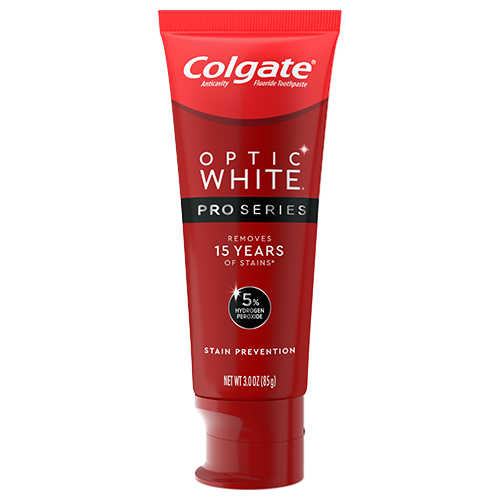What Is a Sealant?
Sealants are a thin protective coating to protect teeth from bacteria and tooth-attacking acids. They’re typically used on emerging molars in children but can be beneficial for adults, too. However, the American Dental Association (ADA) says the earlier kids get them, the better. Most people get their first molars around age 6 and the second set of molars around age 12. According to the Centers for Disease Control, "school-age children without sealants have almost three times more cavities than children with sealants."
Learn how dentists seal teeth.
What Is Glass Ionomer?
According to a review of glass ionomers in The Journal of Functional Biomaterials, glass ionomer has three ingredients:
- Water
- Polymeric acid
- And glass powder
When they are mixed, they create a paste that hardens within 2-3 minutes to function sufficiently and have a similar aesthetic to the tooth that it’s sealing.
Glass Ionomer Fissure Sealants vs. Resin-Based Sealants
According to a review published in the Journal of the American Dental Association, glass ionomer sealants and resin-based sealants are equally effective in preventing tooth decay. However, resin-based sealants do tend to last longer.
So why would someone want to use glass ionomer sealants? Well, one major benefit is that they release fluoride. Fluoride is a mineral that reduces cavities and can even repair the early stages of tooth decay.
Another benefit is that resin-based sealants need to be applied to a dry tooth. Molars can be difficult to dry for various reasons, especially in an emerging tooth. Because one of the ingredients of glass-ionomer is water, saliva isn’t an issue in the setting of the seal.
Sealing teeth is not the end-all-be-all answer to preventing tooth decay, but seals can help during the years when your child finds it difficult to reach their emerging teeth to brush them properly. The best-positioned person to make a sealant recommendation for your child’s needs is your dental professional. Ask them what material they recommend and why they recommend it. And be sure to teach your child to brush twice a day. Encourage them to use a floss holder and interdental brushes if they have a gap between their teeth. Antimicrobial mouthrinses and tongue scrapers are other great tools to help them practice good oral hygiene. By passing along a good set of habits and bringing your child to their dental professional for regular checkups, you’ll put them on a path of lifelong oral health you both can smile about.
Oral Care Center articles are reviewed by an oral health medical professional. This information is for educational purposes only. This content is not intended to be a substitute for professional medical advice, diagnosis or treatment. Always seek the advice of your dentist, physician or other qualified healthcare provider.
ORAL HEALTH QUIZ
What's behind your smile?
Take our Oral Health assessment to get the most from your oral care routine
ORAL HEALTH QUIZ
What's behind your smile?
Take our Oral Health assessment to get the most from your oral care routine
Join Us
Get the best of your oral health routine and take it to the next level with expert advice, recommendations, products and solutions and special offers.
Join Us
Get the best of your oral health routine and take it to the next level with expert advice, recommendations, products and solutions and special offers.


















